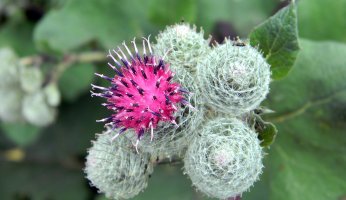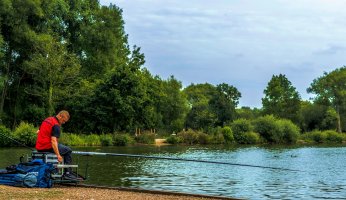Wild Food Profile: Red Huckleberry
 Wild Food Profile: Red Huckleberry
gearweare.net
Wild Food Profile: Red Huckleberry
gearweare.net
When looking for edible fruit in the Pacific Northwest, remember that it is home to the prolific red huckleberry. Used for decades as a medicinal plant and source of nourishment, this plant has many characteristics beyond creating visual beauty beneath the forest canopy. Humans and animals have a long history with the red huckleberry, prevalent only in the specific conditions provided by the dense western forests.
Table of Contents
Botanical Profile
Red huckleberry, Vaccinium parvifolium, is a deciduous shrub characterized by narrow, bright green branches that curve and angle sharply. The flat, spiny, oblong leaves are stiff to the touch and come to a pointed tip. They help support the downward-facing individual flowers along the edges, which vary in color from a light greenish-yellow to a pinkish hue. The leaves are a darker green on the top side with a lighter green underbelly. Edible pinkish-red berries appear in the early spring and develop a deep red color and firm smooth texture once ripe later in the summer.
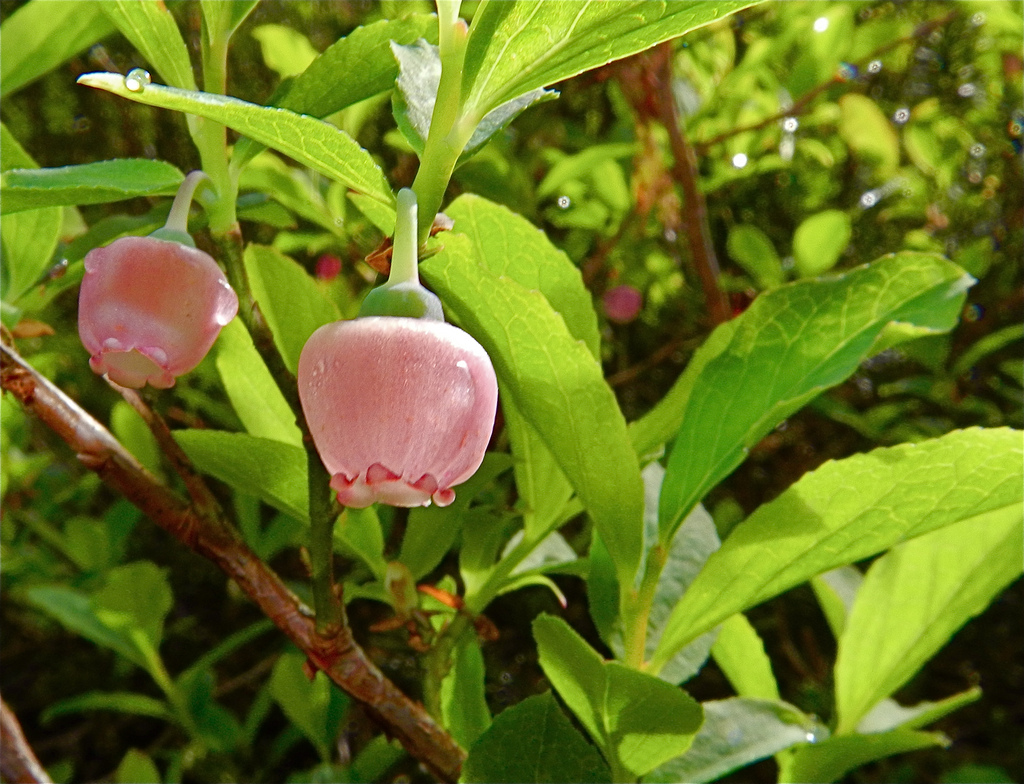
Like other vaccinium such as the blueberry, lingonberry or cranberry, the plant can produce a high volume of berries. Also, like their cousins in the vaccinium genus, red huckleberries have a distinctive crown that resembles the head of a flower. These berries are high in vitamin C. The red huckleberry bush can grow to be 13 feet tall (although they are more found between four to six feet) and six-feet wide, making a statement in the surrounding foliage.
Distribution
Found across the Pacific Northwest, it is common in the western coastal portions of California, Oregon and Washington as well as the southeast sections of Alaska and Canada. The plant thrives in the moist forests of this area, specifically in the rotting remains of old growth trees including oak, conifer or redwood. They are most common and well baring throughout Oregon and Washington as the conditions best suit the plant. In California, for example, the plants are typically smaller and often only produce small amounts of fruit. With patience, it can also be grown in a home garden.
Uses
In addition to its well-known edible profile, red huckleberry has a long history of being used medicinally. Native American tribes have recorded the use of red huckleberry leaves and bark, commonly as tea, to treat colds, skin conditions, stomach ailments, and the balancing of blood sugar levels. The fruit can be eaten straight from the plant once ripe, although some people don’t care for the tart, slightly sweet taste and choose to combine them with other berries in recipes for jams, jellies, pies, or wine.
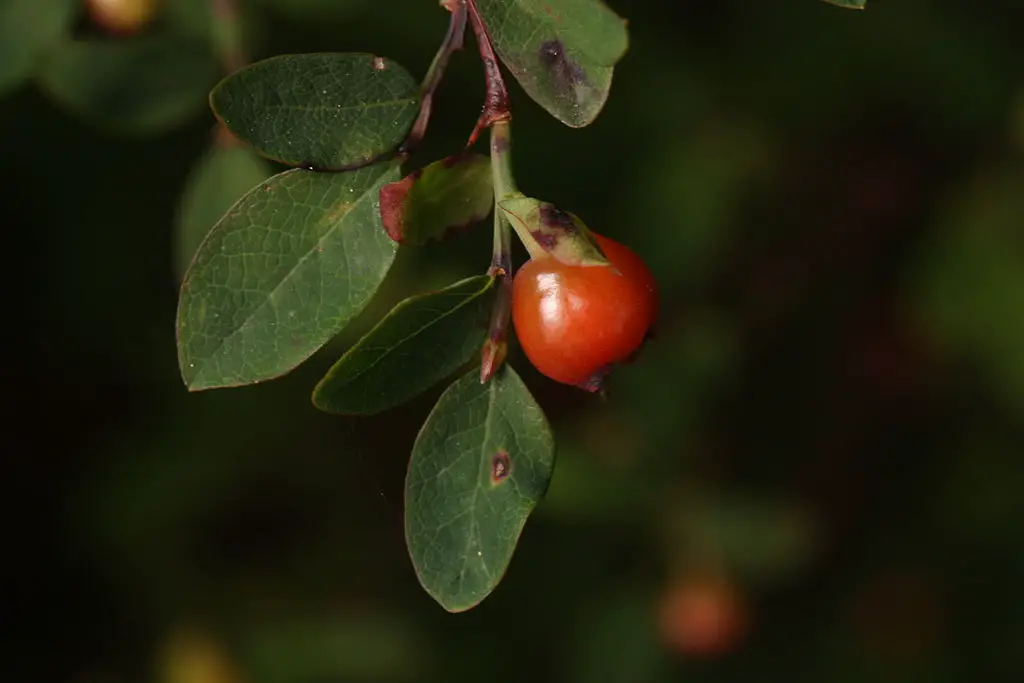
Because of the somewhat bitter flavor, they couple well with the sweet smooth texture of ice cream. They can also be dried for later use, similar to dried blueberries, which is great for backpacking or for adding to foods such as breakfast oats or breads. Another way to preserve the fruit is through canning or freezing. For the fisherman, the red huckleberry is often used as bait in a fashion similar to the very well-known salmon eggs, or roe.
Seasonality
The red huckleberry is a prolific and sturdy plant. It produces year after year, beginning with quick growth in the early spring. Since leaves drop off the plant during the winter, leaf development is the first sign of life after the cold days begin to come to a close. Next, the flowers begin to develop and the light-colored berries pop out. With time and warmer temperatures, the berries eventually turn a deep red color and the leaves show a reddish shade before, once again, falling off the shrub in preparation of the winter ahead.
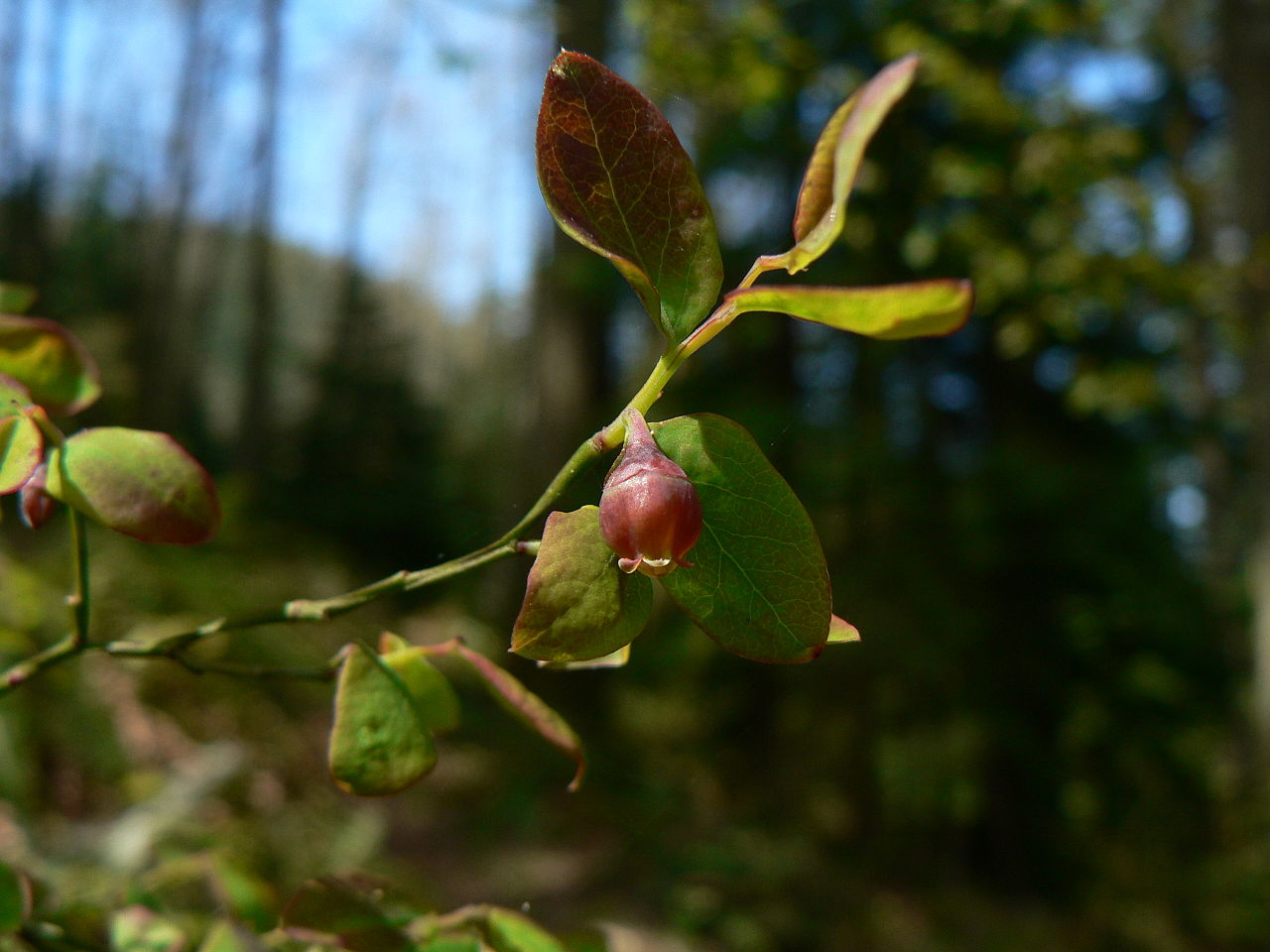
How to Harvest
Harvesting the plump small berries of the red huckleberry is an easy task, best completed with a strong shake or clubbing of the branch. When loaded with ripe berries, they will shower to the ground. For easy collection, place a sheet or basket beneath the plant. To collect the leaves, simply pull them from the plant and dry thoroughly before storing.
Sustainability
Since red huckleberry is happy growing from decaying wood, it is important to maintain a decomposing environment for them to flourish in. They respond to moist surroundings, which is why they thrive in the wet forests of the Pacific Northwest, protected by a thick canopy of tall trees. In a home garden environment, annual pruning of the branches encourages new growth for the next season. Harvesting of leaves should be done in the later summer or fall as to not remove protection from the plant or cause it stress.
To propagate new plants, chill newly picked ripe berries for a few days. Then mash them and press through a cheese cloth to separate out the very small seeds. Once the seeds are clean, dry them for two days. Once dried, they can be stored in the refrigerator for several years before planting. When planting, start with small trays of peat moss and sand. Seeds germinate slowly, so transplant only after they are well developed, between one and two months after they emerge above the soil. They are recommended for growing zones 6-8.
Conclusions
The versatile red huckleberry is a treat for everyone from small children to hungry backpackers. Wildlife including bear, deer, grouse, turkey and other birds, foxes, moose, chipmunks, raccoons and many others enjoy portions of the plant or berry so when you enjoy your feast be sure to leave some behind for the forest animals too. Whether you choose to have a mid-trail snack, collect berries for later use, or want to dabble in the creation of medicines, the red huckleberry is versatile enough to fit the bill.






